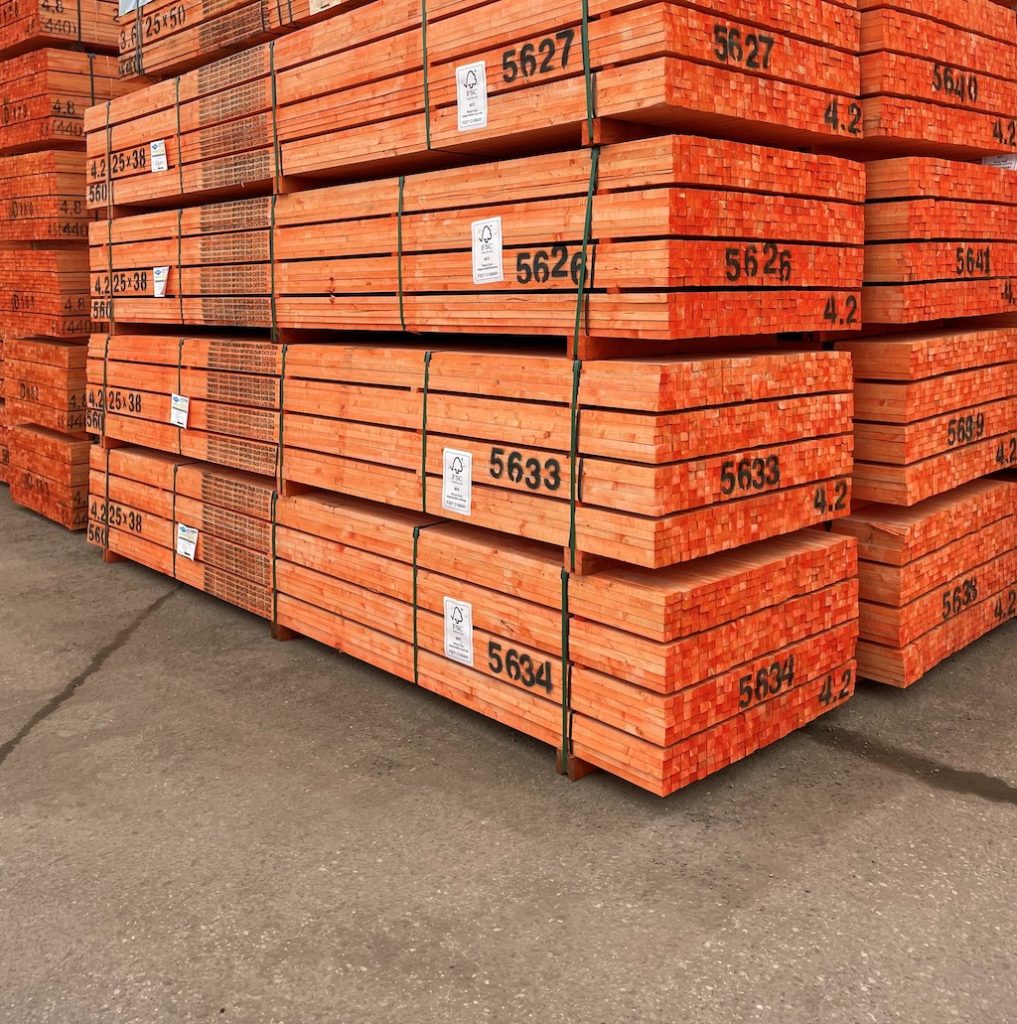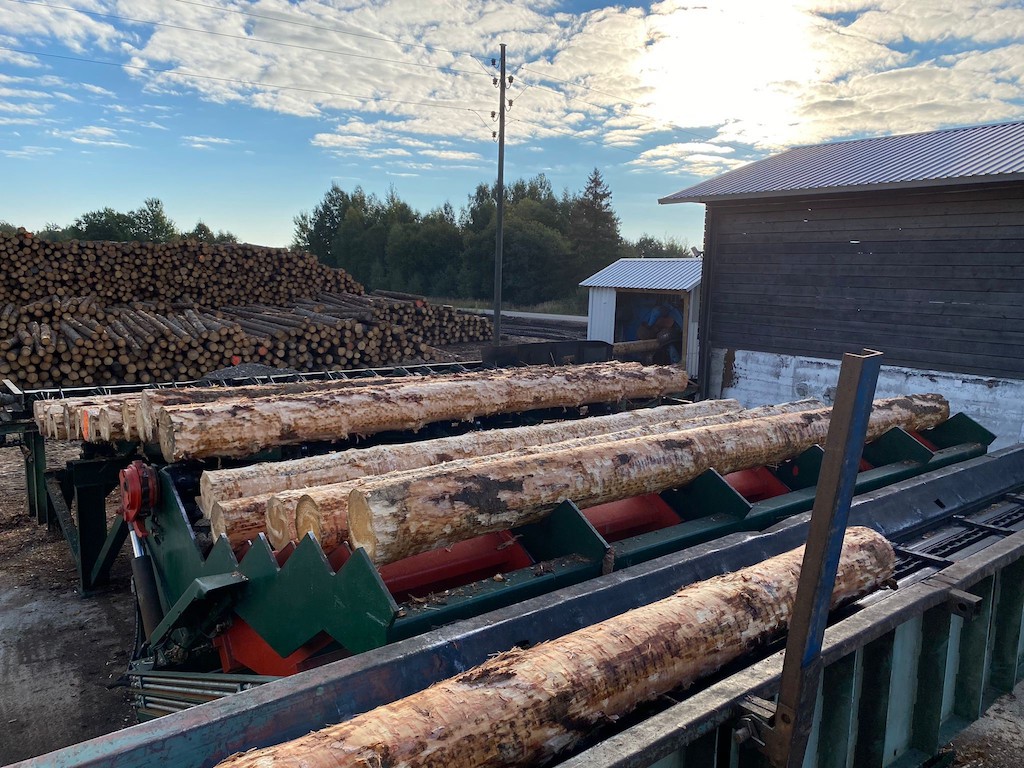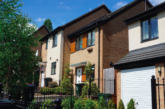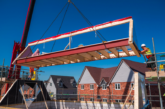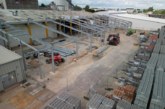Using graded battens can make an important contribution to site safety and roof performance. Duncan Winter, Commercial Director at SIG Exteriors, highlights the differences between graded and ungraded roofing battens in UK roofing.
Not all roof battens are the same. Graded roof battens are produced to strict standards that provide reassurance that they’ll perform as expected. The NHBC requires battens graded to BS 5534:2014+A2: Code of Practice for slating, tiling and shingles to be used on site. So how to tell a graded from a non-graded batten?
When these British Standards were first introduced, batten providers started colouring graded battens to make it very obvious which products conformed to the standard. Typically this was a blue colour. However, blue became a generic colour and no single manufacturer was responsible for monitoring the quality of blue battens: the colour alone provides no guarantee that the product meets the standards required by BS 5534.
In the last eighteen months there have been too many instances of substandard battens being coloured blue, or even wrongly stamped BS 5534, to attract the higher price associated with the higher quality of graded battens.
This matters not only because of the technical performance of the product, but also because of the very real safety risk associated with using non graded products.
Roofing battens are an essential part of a pitched roof structure. They support the weight of the tiles and any additional loads imposed on the roof by wind or snow. While the roof is under construction, battens are also to be capable of providing a strong, secure foothold for the roofers carrying out the installation. BS 5534 is very specific about the size, span and fixings of battens as well as the quality of the battens themselves.
It is very clear, however, that ungraded battens are more likely to have weaknesses and so will be more vulnerable to failure, a huge safety consideration.
The BS 5534 document requires battens to go through a series of checks for knot sizes, wane (the amount of bark edge on a batten), fissures and splits, slope of grain, distortion and a number of other characteristics. It also requires the use of approved preservatives and the correct identification, marking and accreditation for the battens to meet the required standard.
BS 5534 also recommends that factory or machine graded battens are produced within a third-party UKAS accreditation scheme.
Finally, the standard requires battens to be stamped with information identifying size, supplier, species code, graded to BS5534, supplier branding and a third-party assurance logo.
As you might expect, fully graded batten is more expensive than ungraded product. However, the cost benefits of using a compliant product can far outweigh any initial saving.
For a start, graded battens improve efficiency of installation because their size is standardised so they are quicker, easier and safer to fit. They can also reduce waste when compared to poor quality, ungraded stock.
So how to identify graded battens at a glance? Some reputable manufacturers chose to trademark the colour of their graded battens – SR Timber graded batten is gold, for example, and Marley’s compliant battens are red. Many blue battens will also be BS 5534 compliant, but colour is not proof of compliance on its own.
Buyers should look for the BS 5534 stamp on product – there should also be a stamp from the third party accreditation organisation. It’s a lot of checking of quite detailed information so contractors may simply opt to purchase graded batten from a known supplier working with a trusted brand. Using a product that cannot provide evidence of its quality is simply not worth the risk.
BS 5534 has had major revisions over the years, with each revision increasing the standards required of battens. In parallel with this, the National Federation of Roofing Contractors (NFRC) has issued technical bulletins giving guidance and interpretation of BS 5534 with respect to roofing battens, including Health & Safety Guidance Sheet (HSGS11) on the Correct Installation and Safe Use of Slating and Tiling Battens.
Roof work involves work at height and it is important to prevent or minimize risk when planning this work. Falls account for 50% of deaths in the construction industry. As part of the planning process, contractors must follow the hierarchy set out in the Work at Height Regulations 2005 to make sure that risks are controlled so far as is reasonably practicable. Using the correctly graded batten can be a simple, economic step in this process.


